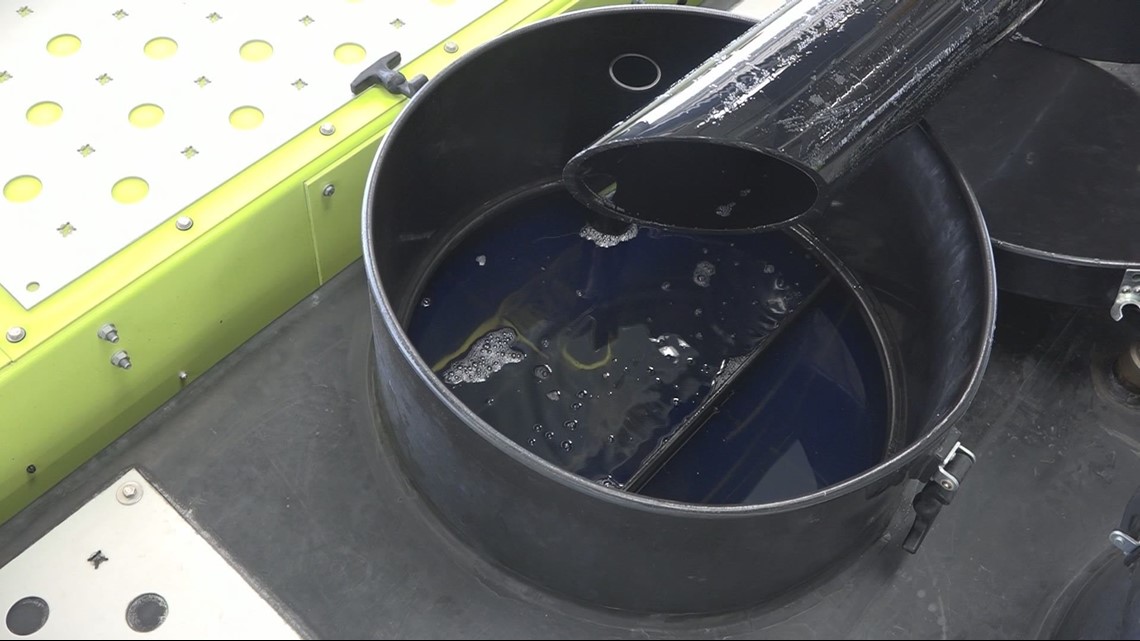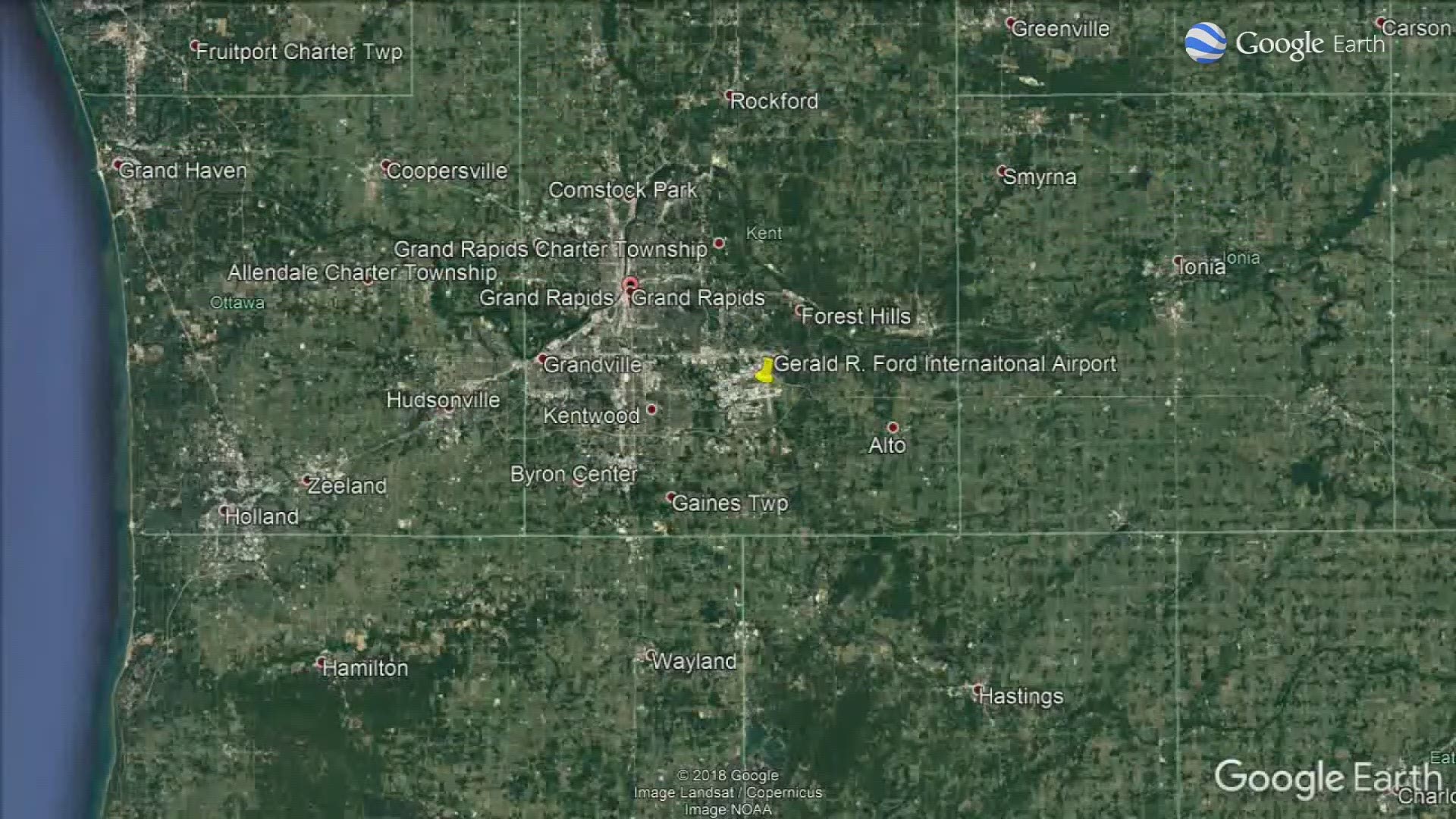GRAND RAPIDS, Mich. - Airports around the United States are now grappling with possible pollution from the chemical firefighting foam AFFF, and Gerald R. Ford International Airport is no exception. Airport officials are testing the property for PFAS contamination and expect results in June.
Firefighters used PFAS-laden AFFF in annual training exercises on the northeast side of the property from the mid-1970s to the mid-1990s, said Jim Gill, CEO of the airport.
“[After] that time, the area was decommissioned and cleaned up of all known hazardous substances, and training there ceased,” Gill said. “I don’t believe [PFAS] was something that was effectively on the environmental radar.”
The chemicals have polluted more than 550 private wells in northern Kent County, leaching into the ground water from waste dumped by Wolverine Worldwide, a shoe company in Rockford. The U.S. Environmental Protection Agency set a lifetime safe drinking limit for PFAS at 70 parts per trillion.
All formulations of AFFF mandated by the Federal Aviation Administration contain PFAS, said Engineering and Facilities Director Casey Ries in a May 17 letter to the Michigan Department of Environmental Quality.
In the letter, airport officials objected to MDEQ’s request to sample at the property, claiming there is no evidence “of a release of PFAS that has caused groundwater to exceed” the EPA benchmark. However, environmental consultants hired by the airport installed five monitoring wells and took 10 soil samples to test for PFAS.
“In no way do we want it to come off that we’re being defensive or obstructive in this process,” Gill said. “We want to get to the bottom of this.”
He said the amount of AFFF used by the airport during training has been exaggerated.
“Ninety-seven percent of what you see is water, so the chemical component is only three percent of the overall foam,” Gill said.
Since the mid-1980s, there have only been two airport emergencies that required the use of AFFF foam, said Airport Fire Chief Joe Dancz.
Firefighters have used the foam once a year to test their equipment since on-site training was discontinued, Gill said.
“It takes place on concrete surfaces [and] it’s very limited,” he said. “It’s only gallons.”


The AFFF used at Ford still contains PFAS, but starting in June of 2017, the airport transitioned from a C8 formula to a less hazardous C6 formula, Gill said. C8 is known scientifically as PFOA, one of two prominent PFAS compounds showing up in local wells.
“All of our equipment now contains…what is [the] most currently acceptable, and maybe most environmentally-conscious, FAA-approved product,” Gill said.
In the letter, the airport said the results are expected sometime in June, but that officials will brief MDEQ with them in late July or early August. But Ries and Gill said the July-August date is the timeline for an updated work plan.
“July-August will not be the first [time] the data is released,” Ries said.
Airports throughout Michigan should be proactive in testing for PFAS contamination, said state Sen. Peter MacGregor, R-Rockford, in a March interview.
“People are finally realizing that this is an issue statewide,” MacGregor said. “And we have to continue to try to get out in front of it.”
Gill said the airport does not currently plan to test private wells near the property.
“The first step is to get these test results back,” he said. “Then [we will] work with the DEQ to say, ‘What are the next steps?’”
►Make it easy to keep up to date with more stories like this. Download the WZZM 13 app now.
Have a news tip? Email news@wzzm13.com, visit our Facebook page or Twitter.

